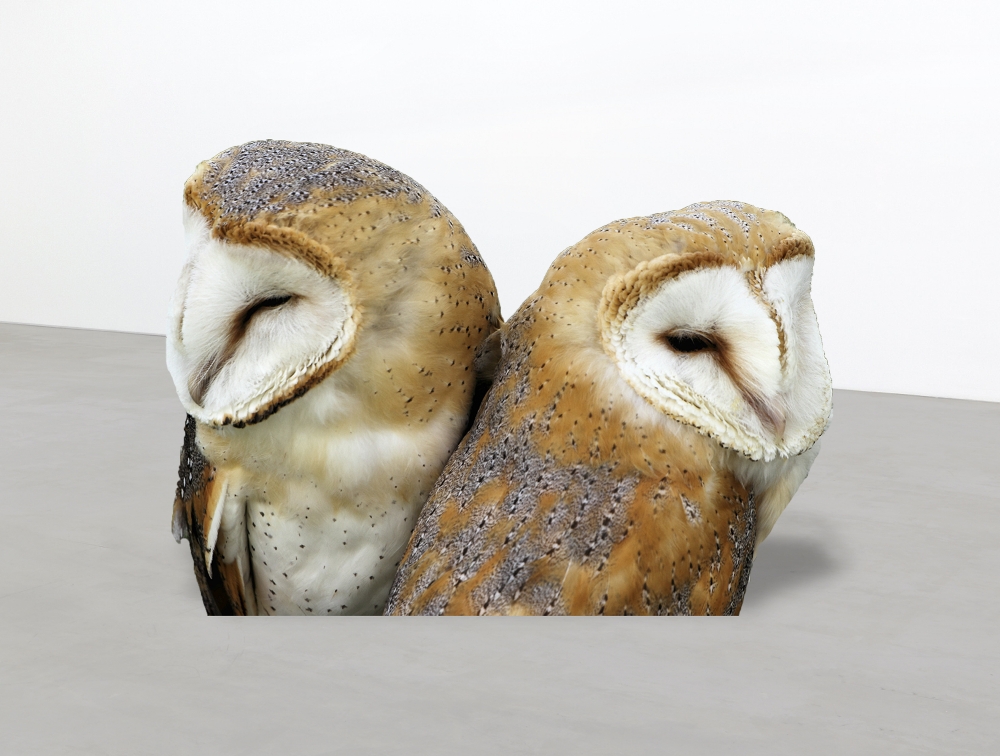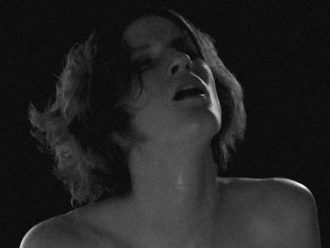
Katja Novitskova, Approximation XV, digital print on aluminium dibond, 2014
Courtesy of the artist
The Thursday, 6 February 2014, from 6 p.m. to 8 p.m. Kumu Art Museum holds the opening of the 16th Tallinn Print Triennial. The Triennial deals with the relationship between visual art and literacy, between text and language in the 21st century; a relationshipwhich is characterised by an intense competition between the digital reality and expressions of genuine longing for sensuous tactility. Tension is added to the topic by the abundance of different strategies and various positions among the artists.
Compared to the early 20th century, the concept of literacy has acquired new meanings today. If earlier, it primarily referred to reading and writing skills, nowmany different types of literacy are discussed, mostly digital literacy, but also functional, mathematical, natural science and media literacy.
The 16th Tallinn Print Triennial project titled LITERACY – ILLITERACY is continuing to deal with this old topic in order to find new development scenarios for graphic media bypresenting a selection of Nordic, Baltic and international artists and printmakers that work in both the classical genre of graphic art, as well as in digital media.
In addition to the main exhibition at the Kumu Art Museum, the Triennial features various new collaborations and cooperative projects, which transform the Triennial into an active knowledge and production site. For the most part, the selected artists have been invited to create new works specifically for the Triennial. For some, it has resulted in research in the museum’s archives, and for others, direct collaborations with the local art scene and public.
The investigation of reproduction techniques, as well asthe aesthetic and expressive strategies that apply to them – be they classical or contemporary – opens up a complex field of the most diverse issues and concepts, such as,original and copy, production and reproduction, presentation and representation, which ultimately lead to the issueof how an art work’s messageis read and interpreted.
Remaining true to tradition, the 16th Tallinn Triennial has also maintained several of the points of departure characteristic of previous triennials, such as selecting some of the artists on the basis of an international open call. The Triennial is also focusing special attention on the artists in the Baltic region, and on the developments in graphic art in the region. A survey of the curator’s selection of artists can be found on the Triennial’s website, along with the artists who were invited to appear on the basis of the open call and were approved by the curator.
Curated by: Maria Kjær Themsen (Danish curator and art critic)
Participants: Ferdinand Ahm Krag (Denmark), Søren Andreasen (Denmark), Arnas Anskaitis (Lithuania), Britta Benno (Estonia), Eglė Budvytytė (Lithuania), Annabelle Craven-Jones (UK), Johan Elm (Estonia), Dénes Farkas (Estonia), Ester Fleckner (Denmark), Goodiepal (Faroe Islands/Denmark), Louise Hold Sidenius (Denmark), Katri Ikävalko (Finland), Publication Studio Malmö (Sweden), Anita Jensen (Finland), Toril Johannessen (Norway), Flo Kasearu in collaboration with Aleksandr Roslin, Jaan Rõõmus, Ronald Uus (Estonia), Tõnis Kenkmaa & Mariliis Oksaar (Estonia), KIWA (Estonia), Marie Kølbæk Iversen (Denmark), Toomas Kuusing (Estonia), Oliver Laas (Estonia), Leonards Laganovskis (Latvia), Karl Larsson (Sweden), Victoria Leonidou (Cyprus), Alexandra Leykauf (Germany), Anna Lihodedova & Mihkel Vorsman (Estonia), Marija Marcelionytė-Paliukė (Lithuania), Raul Meel (Estonia), Daria Melnikova (Latvia), Dan Mihaltianu (Romania/Germany), Katja Novitskova (Estonia/Germany), Orbita (Latvia), Berit Pajula (Estonia), Jurgis Paškevičius (Lithuania), Lea Porsager (Denmark), Ede Raadik (Estonia), Mark Raidpere (Estonia), Cia Rinne (Sweden/ Finland/Germany), Zofia Rogula (Poland), Viktorija Rybakova (Lithuania), Liina Siib (Estonia), Rūta Spelskytė (Lithuania), Andres Tali (Estonia), Claudia Terstappen (Australia), Mads Thomsen (Denmark), Peter Thörneby (Sweden), Jiří Thýn (Czech Republic), Ola Vasiljeva (The Netherlands/Latvia), Carolin Weinert (Germany), Eglė Vertelkaitė (Lithuania), Urmas Viik (Estonia).
The exhibition is on view at the 5th floor, Gallery of Contemporary Art of Kumu.
Open Conference: 7 February 2014, from 12 noon to 6 p.m. Kumu Art Museum Auditorium
Speakers:
Maija Rudovska (Latvia), Scenography of Horror
Deborah Cullen (USA), Analogue to Digital: Observations of Continuity and Transformation
Valentinas Klimašauskas (Lithuania), A Few Notes on Differences and Similarities of Reading and Looking at Ex libris
Oliver Laas (Estonia), Visual Representation: Communication and Information Transmission in Different Contexts
Moderator: Maria Kjær Themsen (Denmark)
Performance by Goodiepal (Faroe Islands / Denmark)
Admission to the conference is free.
























